.jpg)
FileEl Quitasol (Goya).jpg Wikimedia Commons
Francisco José de Goya y Lucientes (/ˈɡɔɪə/; Spanish: [fɾanˈθisko xoˈse ðe ˈɣoʝa i luˈθjentes]; 30 March 1746 - 16 April 1828) was a Spanish romantic painter and printmaker. He is considered the most important Spanish artist of late 18th and early 19th centuries and throughout his long career was a commentator and chronicler of his era.

Francisco de Goya, A Scene from El Hechizado por Fuerza (The Forcibly
Francisco Goya was a Spanish artist widely considered one of the most important painters of the Romantic period. View Francisco Goya's 5,711 artworks on artnet. Find an in-depth biography, exhibitions, original artworks for sale, the latest news, and sold auction prices. See available prints and multiples, paintings, and works on paper for sale and learn about the artist.
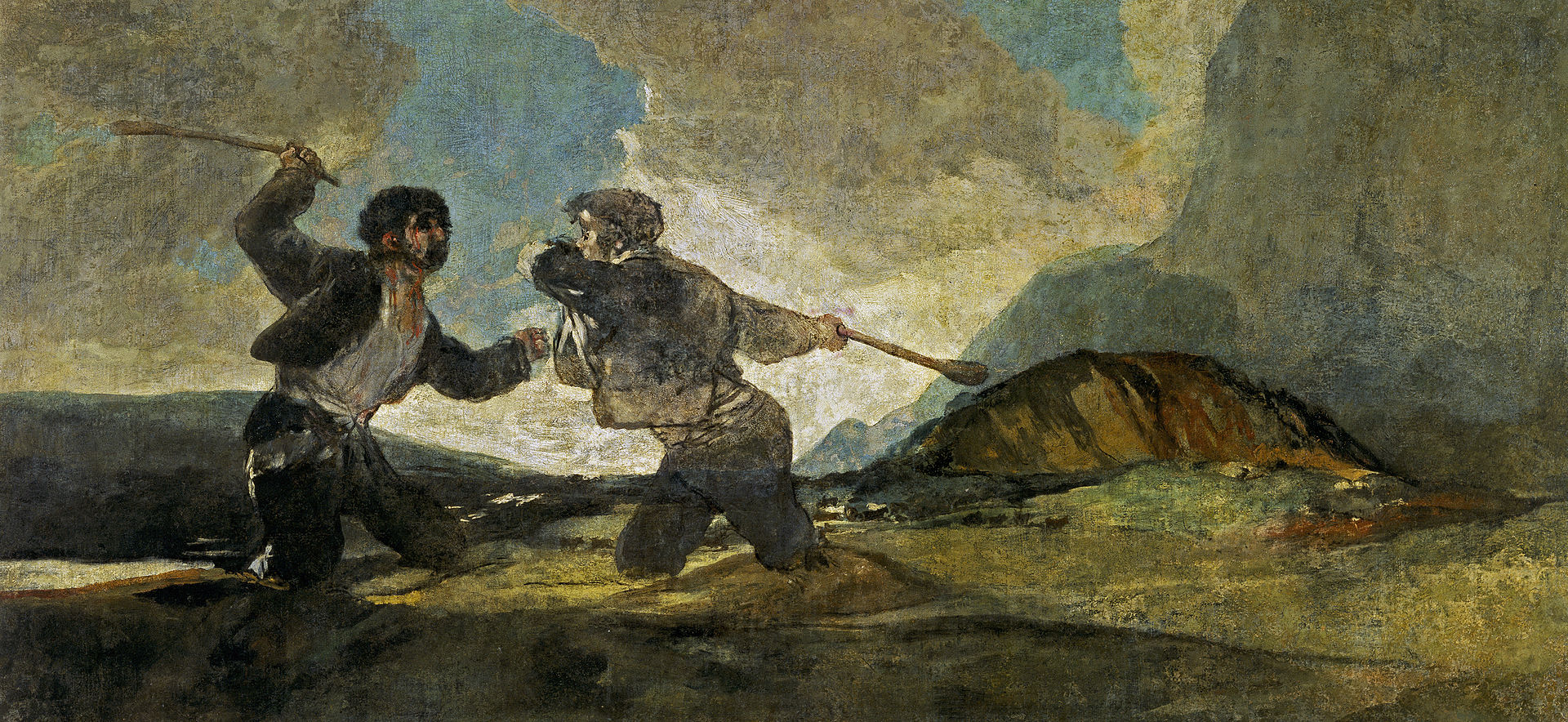
Sztuka w Artusie Francisco Goya i jego czarne obrazy Dwór Artusa
Biography. Goya was born on 30 March 1746 in the small town of Fuendetodos near Saragossa to José Francisco de Paula, a gilder, and Gracia Lucientes, a member of an impoverished noble family. At the age of fourteen, Goya began a four-year apprenticeship in Saragossa to José Luzán, an undistinguished painter who had studied in Naples.

Francisco Goya, Judith and Holofernes
Goya, (Francisco de Goya y Lucientes) (Spanish, 1746-1828). Seated Giant, by 1818. Burnished aquatint with scraping and strokes of 'lavis' added along the top of the landscape and within the landscape, 11 3/16 x 8 3/16 in. (28.4 x 20.8 cm). The Metropolitan Museum of Art, New York, Harris Brisbane Dick Fund, 1935 (35.42)
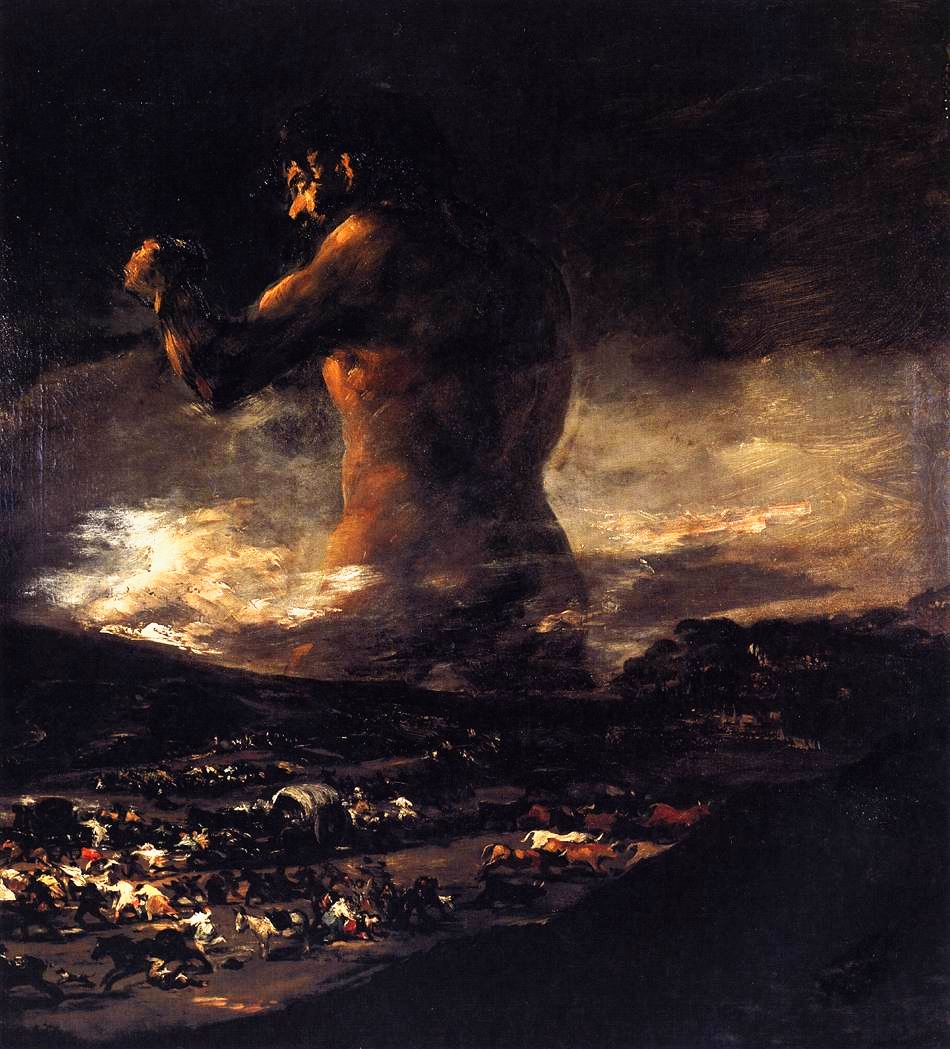
The Colossus, 1808 1812 Francisco Goya
Media in category "Paintings by Francisco de Goya". The following 33 files are in this category, out of 33 total. Baile de máscaras o Danzantes enmascarados bajo un arco por Francisco Goya.jpg 567 × 438; 54 KB. Caníbales contemplando restos humanos.jpg 2,048 × 1,411; 1.56 MB. Caníbales preparando a sus víctimas.jpg 529 × 364; 203 KB.

Francisco Goya Paintings 208, Art, Painting, Art Pictures Francisco
The Parasol (also known as El Quitasol) is one of a cartoon series of oil on linen paintings made by the painter Francisco Goya.This series of paintings was specifically made in order to be transformed into tapestries that would be hung on the walls of the Royal Palace of El Pardo in Madrid, Spain. The tapestries showed serene events in everyday life, which made them a nice addition to the.

The Black Paintings the horror of Francisco Goya’s last works Auralcrave
Apr 17, 2018 11:16AM. The Spanish artist Francisco José de Goya y Lucientes —destined to be known simply as Goya—painted what he saw, and what he saw wasn't pretty. Over the course of his long life, soldiers fired at children while incompetent politicians brought Spain to the brink of ruin. This may explain why his work continues to.
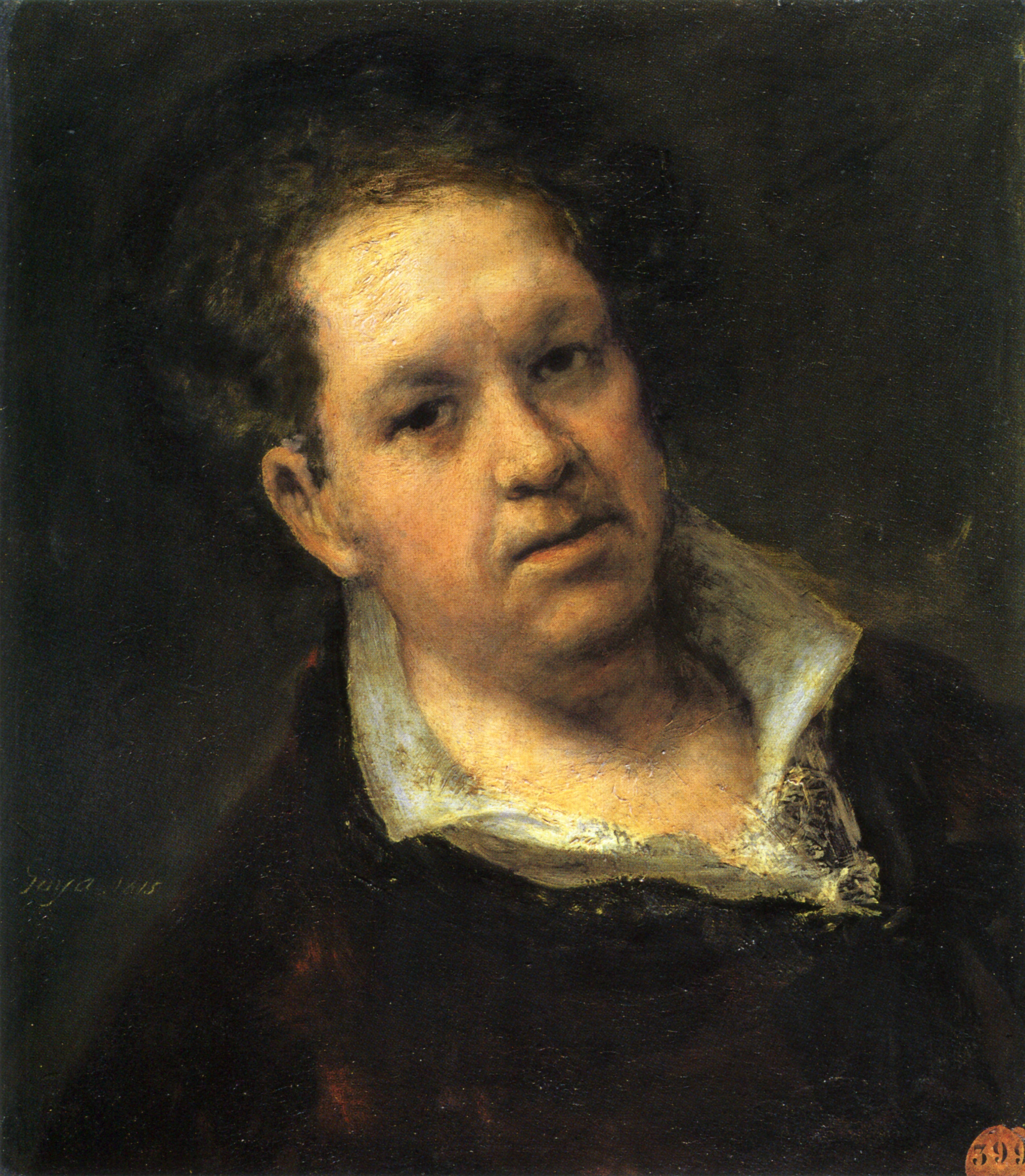
FileSelfportrait at 69 Years by Francisco de Goya.jpg Wikipedia
Francisco de Goya was born on March 30, 1746, in Fuendetodos, Spain. The son of a guilder, Goya spent some of his youth in Saragossa. There he began studying painting around the age of fourteen.

Francisco de Goya y LucientesWitches' SabbathHorned god Etsy
Francisco Goya's "Seated Giant" (c. 1814-18). The exhibition "Goya's Graphic Imagination," at the Metropolitan Museum of Art, includes more than 100 of the artist's prints and drawings.
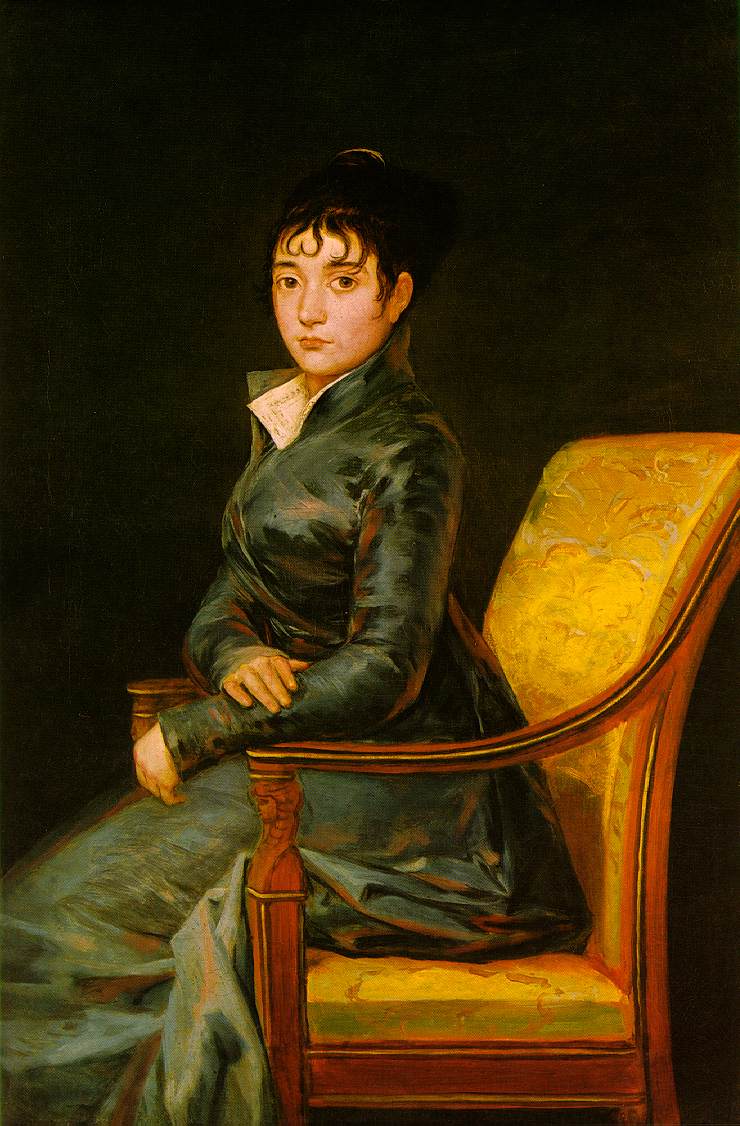
Francisco de Goya Taringa!
The Forge (Around 1815-1820) by Francisco de Goya y Lucientes The Frick Collection. 'Goya's Forge, painted about 1815-20, with its pervasive darkness, vigorous brushstrokes, and proletarian subjectmatter, introduces a note of harsh realism into the generally calm and restful pictures in The Frick Collection.'.

Pin by Caitlin Kuhwald on magix Francisco goya, Dark romantic, Goya
In 1824 Francisco Goya arrived in the city of Bordeaux as a self-imposed exile from Spain. He was seventy-eight years old, stone deaf (since 1793) and profoundly out of favor with a political regime that had been his essential form of support. "Goya in fact arrived, deaf, old, awkward and weak," his old friend and protector Leandro Fernandez de.

‘Goya Order and Disorder’ at Museum of Fine Arts, Boston The New
Francisco José de Goya y Lucientes (ur. 30 marca 1746 w Fuendetodos, zm. 16 kwietnia [a] [1] 1828 w Bordeaux) - hiszpański malarz, grafik i rysownik okresu romantyzmu, nadworny malarz Karola III Burbona, Karola IV Burbona i Ferdynanda VII Burbona, portrecista i malarz scen rodzajowych [2].
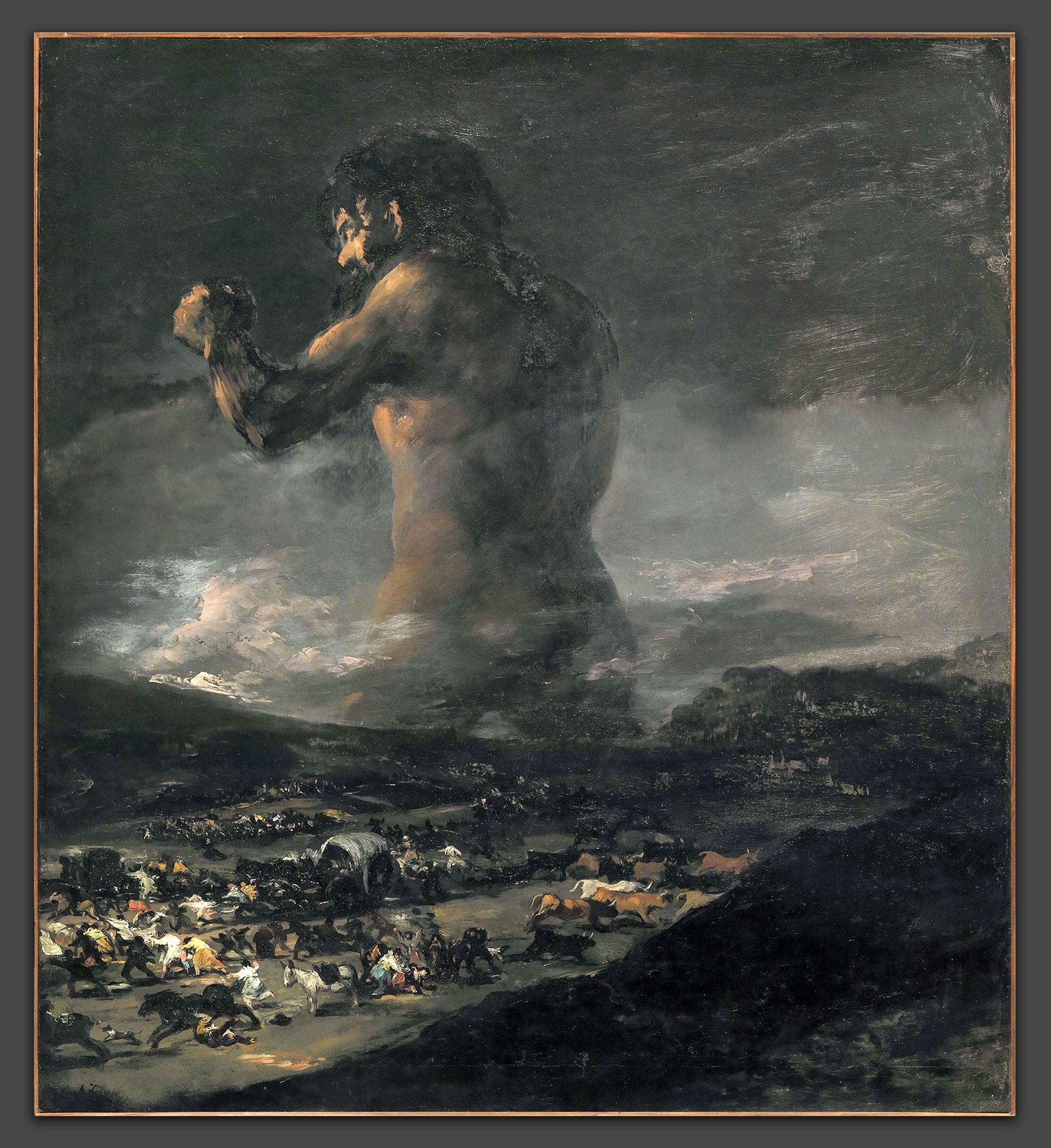
Is It a Goya? Curators at the Prado Keep Changing Their Minds Over Who
Portrait of Goya by Vicente López Portaña, c. 1826. Museo del Prado, Madrid. Francisco José de Goya y Lucientes (1746-1828) was a Spanish artist, now viewed as one of the leaders of the artistic movement Romanticism.He produced around 700 paintings, 280 prints, and several thousand drawings.

La nevada, o El Invierno, Francisco de Goya, Óleo sobre lienzo, 275 x
Francisco Goya, Seated Giant (ca. 1814-18) Francisco Goya, Seated Giant, ca. 1814-18, burnished aquatint, scaper, roulette, lavis. From Goya's vast body of prints, drawings, and paintings, his.
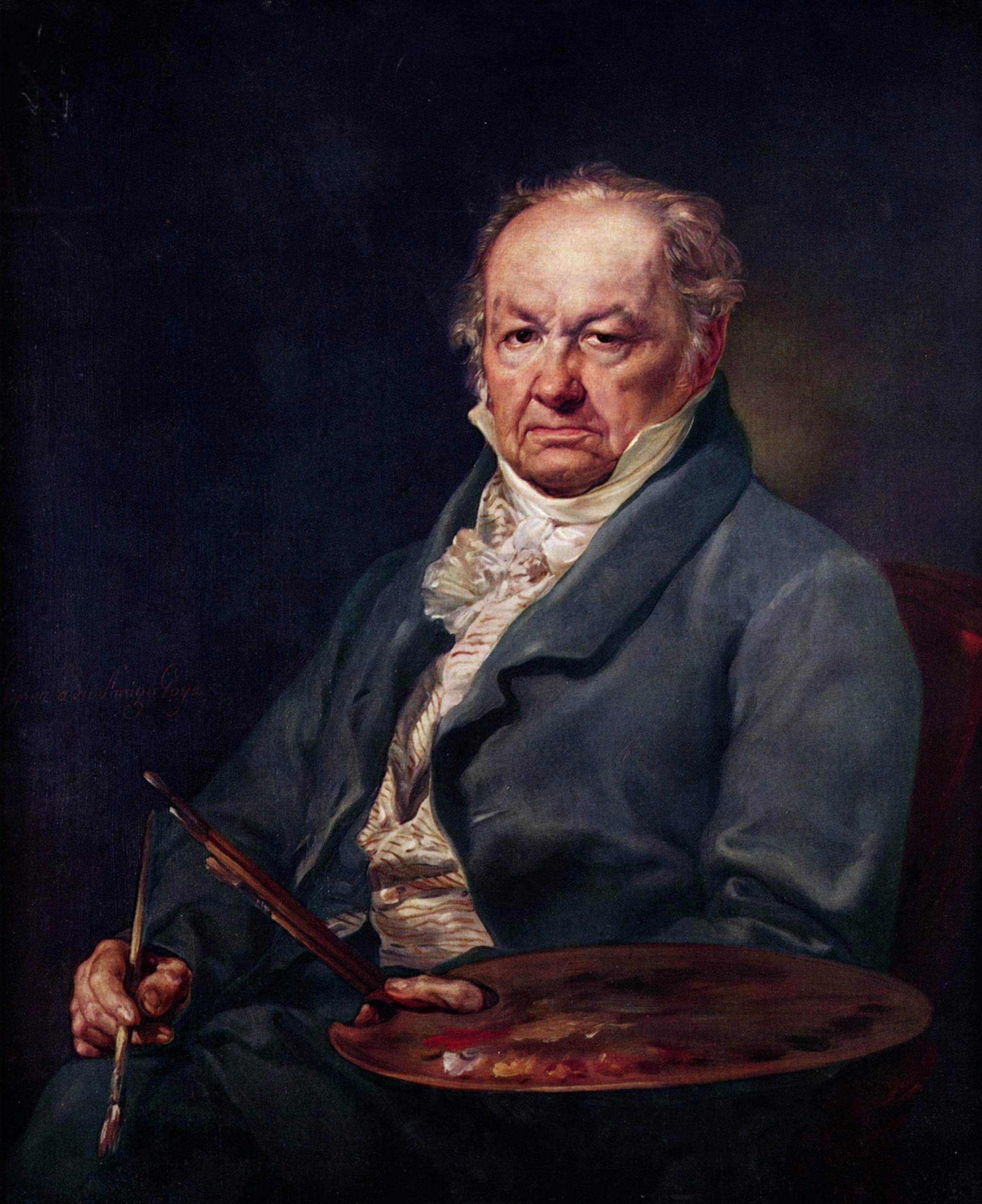
Francisco Goya Lightanddarkromanticism's Blog
The Third of May 1808 by Francisco Goya, 1814, via Museo Del Prado, Madrid. Francisco Goya was a firm believer that art could make a political difference. In 1808, Spain was at war with France. Goya believed this war unnecessary. In 1814, Goya painted two paintings, The Second of May 1808 and The Third of May 1808.

Francisco de Goya “Un naufragio’”. Oil on tin plate, 43,2 x 32 cm
Francisco de Goya y Lucientes was born in Fuendetodos, Spain, to a lower-middle-class family. The fourth of six children, he spent the majority of his childhood in Zaragoza, a nearby city where his family was originally from. He attended a local public school, where he met his lifelong friend Martin Zapater; their letters provide one of the few.